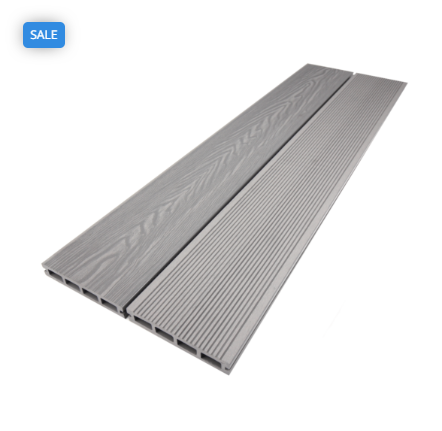Exploring the Benefits of MDF Moisture-Resistant Boards in Building Material Supplies
In the realm of construction and building material supplies, selecting the right materials is crucial for ensuring the longevity and durability of structures. One such material that has gained prominence in recent years is Moisture-Resistant Medium Density Fiberboard (MDF). This versatile and robust building material has become a popular choice for various applications, thanks to its unique properties that address the challenges posed by moisture. In this article, we will delve into the world of MDF moisture resistant boards and their significance in building material supplies.
Understanding MDF Moisture-Resistant Boards:
MDF, or Medium Density Fiberboard, is an engineered wood product composed of wood fibers, wax, and resin. Its versatility lies in its ability to be used in a variety of applications, from furniture manufacturing to interior paneling. The term "moisture-resistant" refers to a special treatment applied to MDF, enhancing its resistance to moisture and humidity. This treatment involves adding water repellent additives or utilizing special binders during the manufacturing process.
Key Advantages of MDF Moisture-Resistant Boards:
Enhanced Durability:
Versatility in Applications:
Building material supplies need to cater to diverse construction needs. MDF moisture-resistant boards shine in their versatility, proving suitable for a wide range of applications, including flooring, cabinetry, and wall paneling. This adaptability makes them a valuable asset for contractors and builders seeking a reliable material for different projects.
Easy Workability:
MDF is known for its smooth and consistent surface, which allows for easy cutting, shaping, and finishing. This ease of workability simplifies the construction process and contributes to the overall efficiency of the project.
Cost-Effectiveness:
In comparison to some traditional building materials, MDF moisture-resistant boards are often more cost-effective. This affordability does not compromise on quality, making them an attractive option for builders and contractors working within budget constraints.
Environmentally Friendly:
MDF is manufactured from recycled wood fibers, making it an environmentally friendly choice. Additionally, some varieties of MDF are produced using low-formaldehyde or no-added-urea-formaldehyde binders, contributing to healthier indoor air quality.
The Role of MDF Moisture-Resistant Boards in Building Material Supplies:
Building material suppliers play a pivotal role in providing construction professionals with the necessary materials to bring their projects to fruition. Incorporating MDF moisture-resistant boards into their inventory allows suppliers to meet the demands of the market, providing a solution for builders and contractors seeking reliable and resilient materials.
Conclusion:
As the construction industry continues to evolve, the demand for innovative and durable building materials is on the rise. MDF moisture-resistant boards stand out as a prime example of how advancements in material technology can address specific challenges faced in construction. Their enhanced resistance to moisture, coupled with versatility and cost-effectiveness, positions them as a valuable asset in the realm of building material supplies, ensuring that construction projects stand the test of time.


Comments
Post a Comment